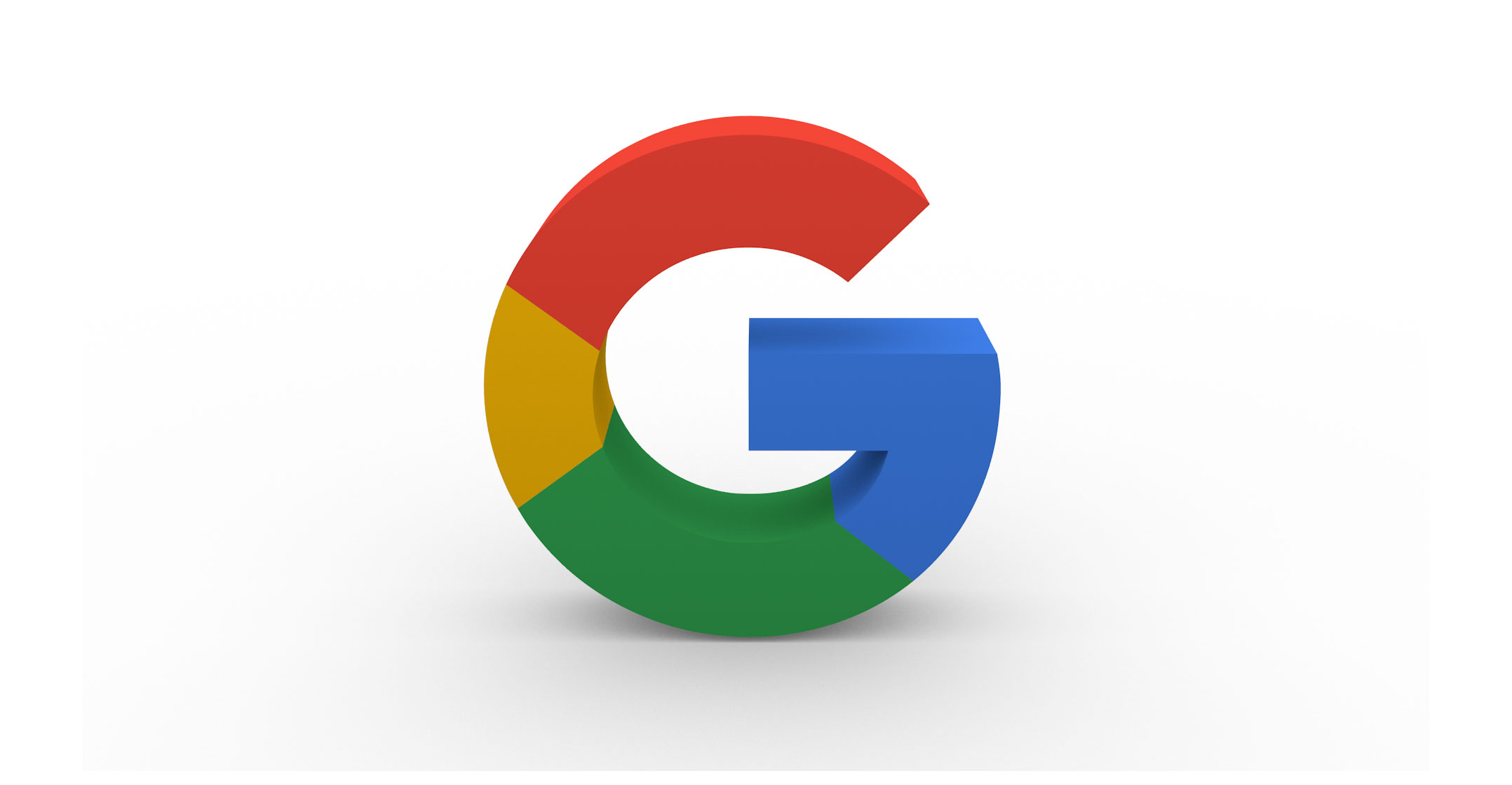
[dropcap]Y[/dropcap]ears ago, Google built a social network separate from its prized asset, Web search. The effort failed. Now the company is trying again — only this time, it’s turning its search engine into something that looks a lot like the news feed of a social network.
The company is introducing a tailored feed of news, entertainment and myriad Web content based on users’ searches, YouTube video views and other personal information. It’s an expansion of an older mobile service called Google Now. Yet some new bells and whistles — information from local trends and an ability to “follow” public figures, for instance — give Google’s search feed a similar feel to the algorithmic stream of Facebook’s News Feed. That feature has helped Facebook capture online attention like few other companies.
“We want people to understand they’re consuming information from Google,” Sashi Thakur, a Google engineering vice president, told reporters. “It will just be without a query.”
Google has long been interested in making search more personal and proactive. When users are logged into to their Google accounts, search results are already heavily personalised. Google Now attempted to provide similar relevant information like sports scores and driving directions before people typed queries, but it hasn’t been as popular as other services from the company, such as traditional search, Maps and the Chrome browser.
The new, predictive search feed will get a lot more exposure because it will stream on the launch page of Google’s namesake mobile app on Android and Apple mobile devices beginning on Wednesday. The company is looking to bring it to mobile Web browsers, although it didn’t say when. That means the web’s most valuable real estate, Google.com, could one day look like a personalized news feed, rather than just an empty white box waiting to be filled with a question or keyword. “It should have roughly the same behaviour” as a news feed, Thakur said.
Major step
The changes are a major step for Google, which rarely touches the landing page of a search service that generates billions of dollars a quarter in profit. It’s also an acknowledgment that Facebook’s News Feed is one of the most addictive ways to consume digital information on smartphones. Other tech companies have come to similar conclusions. LinkedIn upgraded its homepage and app with more scrolling feed-like features, and this week Amazon.com launched Spark, a feed of shoppable product stories, pictures and ideas.
Still, Google’s new search feed won’t behave exactly like social networks, according to company executives. That includes Google Plus, the costly and now skeletal effort to create a direct Facebook competitor. “This feed is really about your interests and what you are doing,” said Ben Gomes, a veteran Google search executive. “It’s not really about what your friends are interested in.”
In addition to search history, the feed pulls data from users’ location, e-mail, digital calendars and YouTube views. The lack of a popular, rolling stream of online content, has been considered one of the few weak points in Google’s business, fuelling frequent takeover speculation of tinier social network Twitter.

Gomes said the new feed will not include paid content at the onset, but he did not rule that out in the future. With a feed, Google could command more user time inside search. That’s been a concern for the company as Facebook and other mobile apps have grabbed more of the time people spend online.
With a feed, Google also exposes itself to criticism Facebook has faced for showing people articles that are false or that reinforce their political positions. Google has taken steps to address this. In April, the company said it rewrote its search algorithm to de-prioritise intentionally misleading content. “We’ve been thoughtful about designing a user experience that highlights a variety of perspectives,” a company spokeswoman said. As always with its search algorithm, Google declined to share how it does this. — Reported by Mark Bergen, (c) 2017 Bloomberg LP




